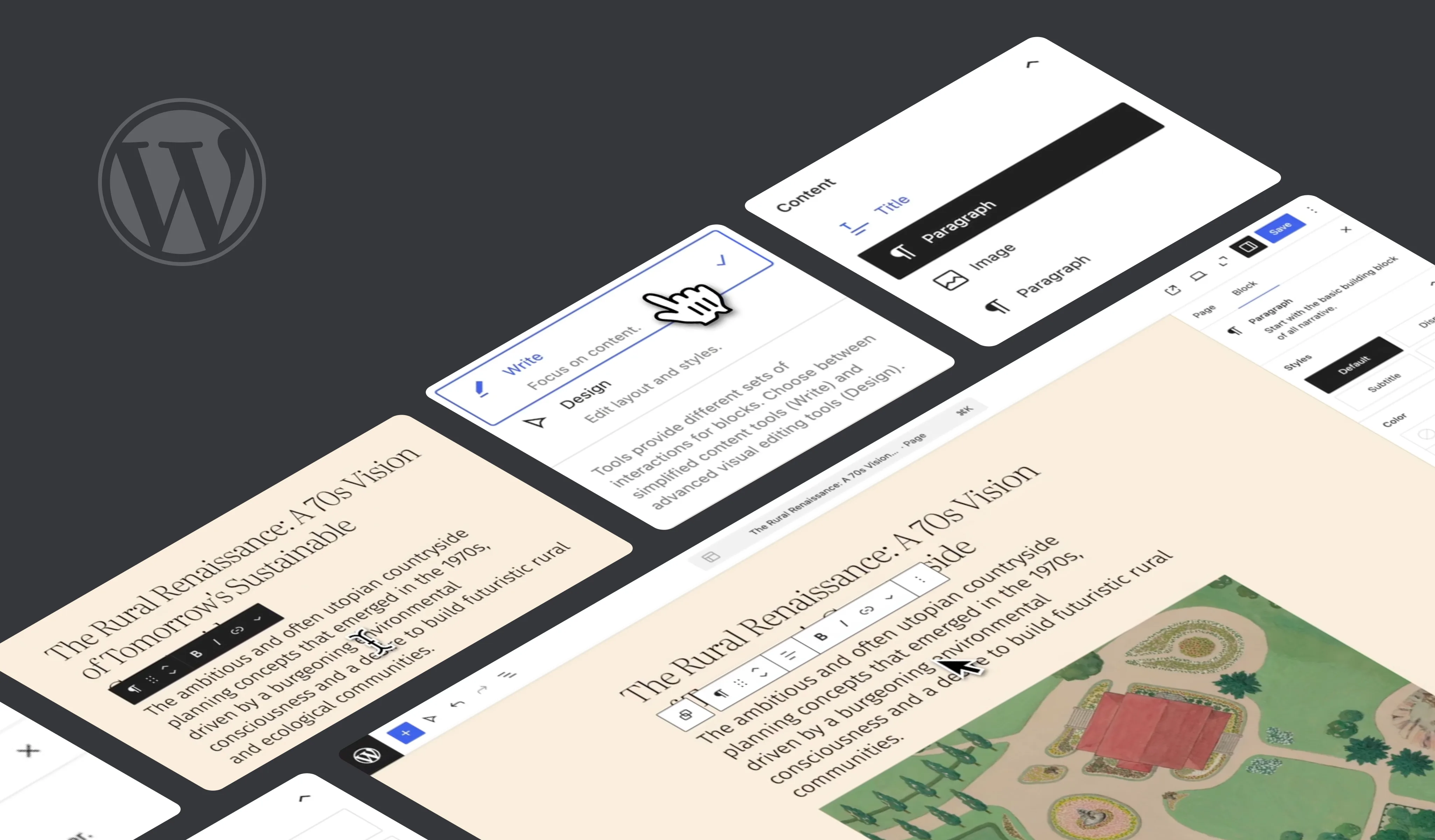The landscape of website development and maintenance has progressed from the wild wild west to the equivalent of the modern metropolitan city with a well-established methodology.
But, in the face of cognitive biases such as the loss aversion effect and the endowment effect, methodology alone may not be enough to deliver business results. This post discusses the sweet spot of decision-making where methodology meets cognitive psychology in the context of digital transformation.
Cognitive biases
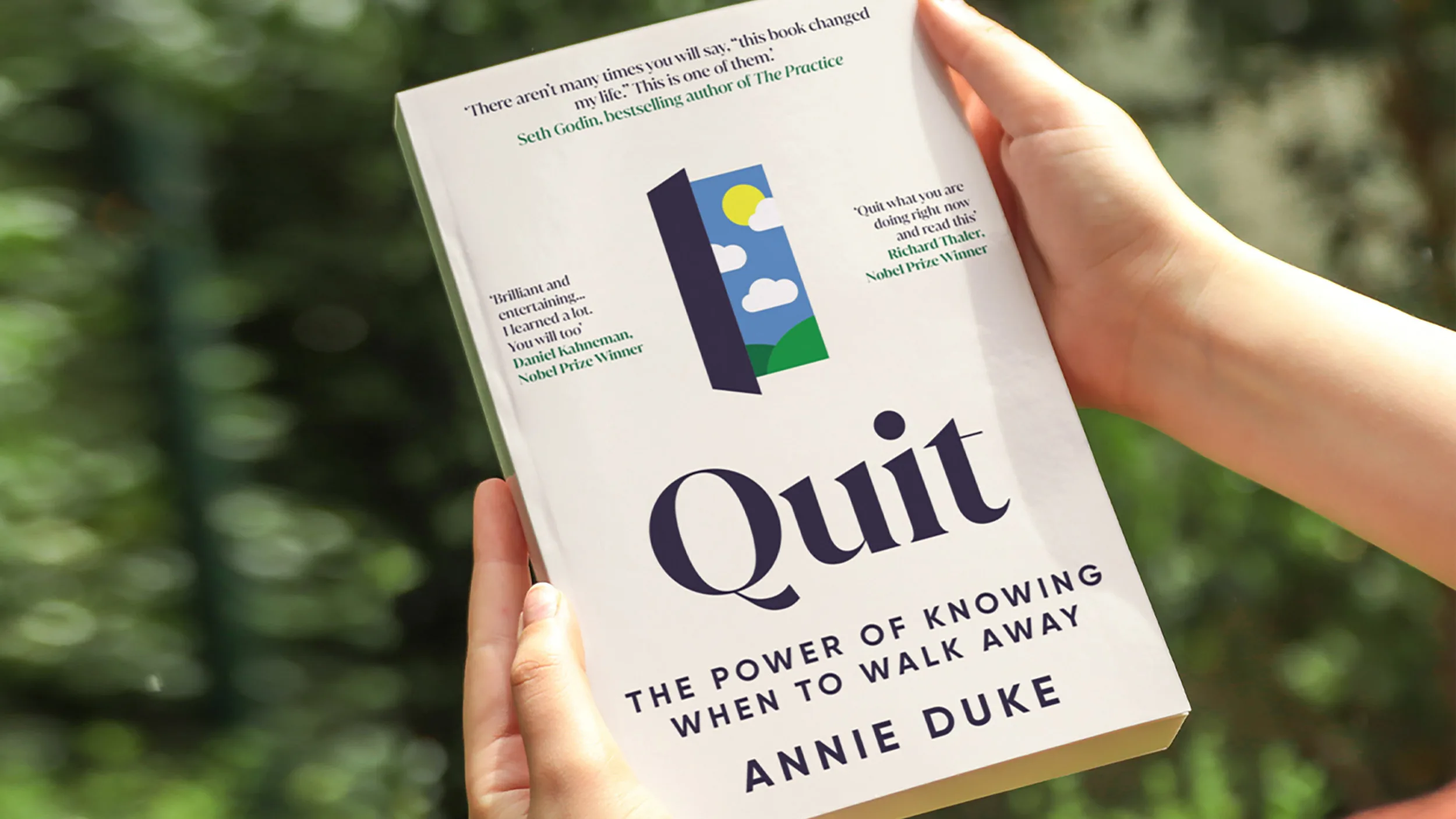
Before we can protect ourselves from cognitive biases, we must first be made aware of them and their effects on how we make decisions. A good layman's introduction to this topic is the book 'Quit: The Power of Knowing When To Walk Away' by Annie Duke.
When rational people make decisions under uncertain conditions, they weigh each option in terms of the value of potential gains and losses and choose the option with the maximum expected value. The gains and losses may be in money, time, pageviews, or any other resources. In reality, numerous studies, including the seminal work by Kahneman & Tversky in the 1970s, have shown that people exhibit cognitive biases when they value their options, resulting in suboptimal decisions.
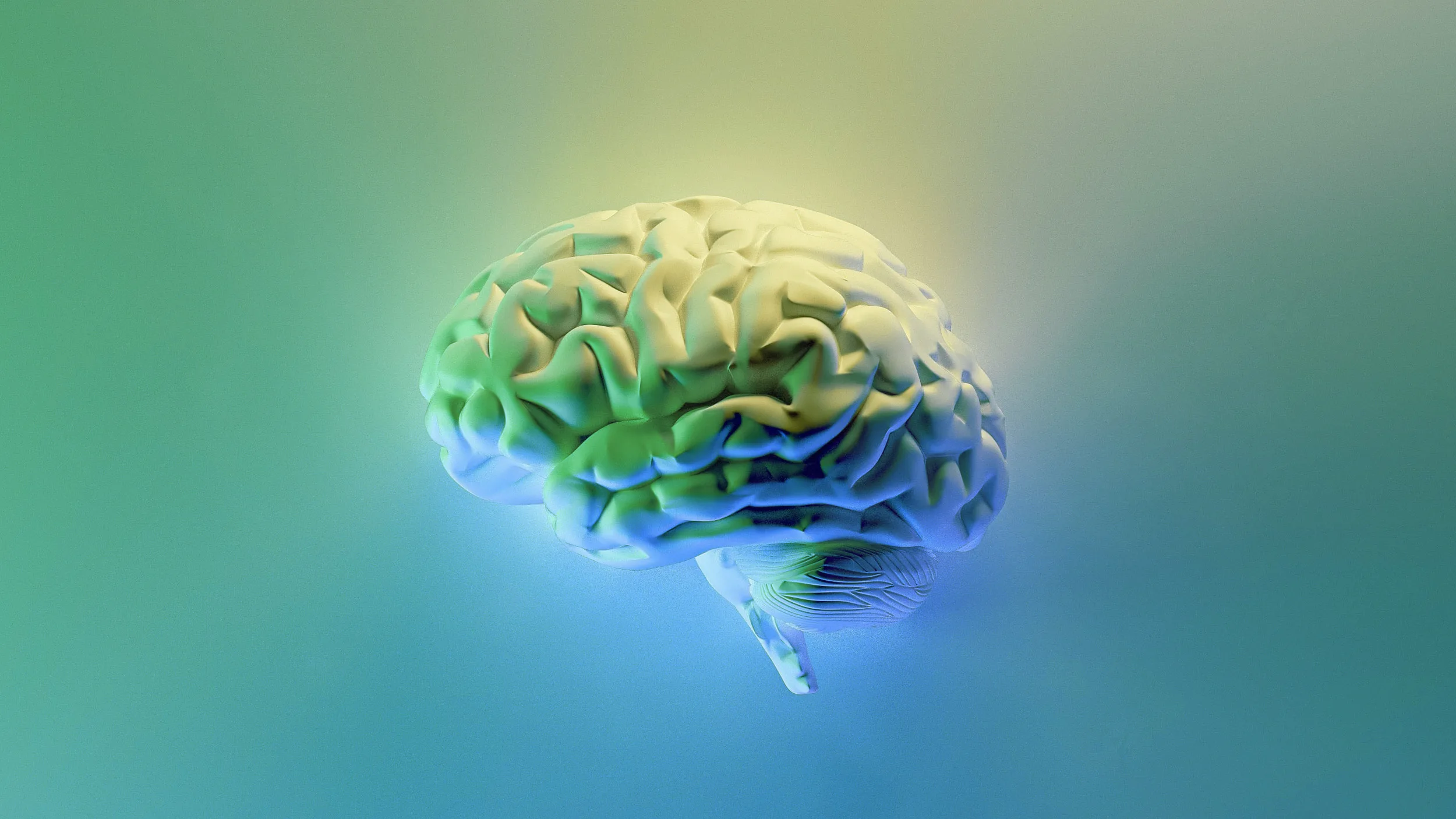
To start, people are generally biased towards the status quo and tend to stick with previous decisions and methods. The resistance to change can be quite subtle, even unconscious to the decision maker. Occasionally, the status quo bias may manifest itself in statements such as 'we're not ready to make a decision' and 'we're not quite there to act on it.' The plain truth is that not deciding or not acting is an implicit decision to continue the status quo.
The inclination to not change course can also be due to the sunk cost fallacy. A rational decision-maker should weigh each option based on its expected cost and benefit going forward. However, studies showed that instead people take into account the amount of resources they have already expended on given options. In the scenario where it is rational to make drastic changes to a failing project, the sunk cost fallacy causes people to escalate their commitment to stay the course in order to salvage previous efforts, albeit expected future costs may outweigh future benefits.

Another bias that may promote reluctance to make changes is the endowment effect. When people own an idea, a feature design, a process methodology, etc, they unduly value it higher than something identical that they do not own. In general, people experiencing the endowment effect demand more to give up something that they own and to yield to changes.
Last but not least, is the loss aversion effect. To the average person, the emotional impact of a loss, whether it is money in the stock market or pageviews on a website, is about twice as powerful as that of an equivalent gain. As a result, decision-makers tend to favor options that have the least potential losses even when there are better options available that have higher expected gains.
Next, we will discuss some preventive measures to help you mitigate the risk of cognitive biases in the context of digital transformation.
Prevention measures

The state of the art in any digital transformation project typically starts with a discovery phase to assess the existing digital solutions, followed by the design and development phase and the deployment and support phase. To ensure that the project stays on track and ultimately delivers the target business objectives, the various stakeholders—end users, project sponsors and managers, designers and developers, etc—meet regularly to make project decisions. For maximum efficacy, the decision-making process must be collaborative and transparent. But, even having a well-intentioned team is not enough to guarantee project success because cognitive biases can skew the decision-making process.
Be agile

Agile is a methodology as well as a mindset of how to manage a software development project. An agile team uses a divide-and-conquer strategy to break down a complex project into a series of 1- or 2-week time-boxed iterations or sprints. Each sprint is responsible for accomplishing specific predefined objectives with a demo review meeting at the end of each cycle.
The agile methodology is credited with allowing teams to better respond to change requests and to produce software faster. Lesser known is that agile development can protect teams against cognitive biases such as the sunk cost fallacy.
Agile teams use the sprint review meetings as a quick feedback mechanism. Because changes are identified and dealt with early, the effect of ‘sunk cost’, and therefore resistance to change, is kept to the minimum.
A caveat is that to reap the full benefit of being agile, you should tackle the most challenging and risky work in earlier sprints. If you schedule the ‘easy’ objectives first, that is, the ones that you already know you can accomplish, their completion will create the illusion of rapid progress at the expense of confusing real overall progress. At the same time, the efforts spent on the easy work become a sunk cost, making it harder to pivot later when you tackle the difficult objectives.
Be analytics-driven
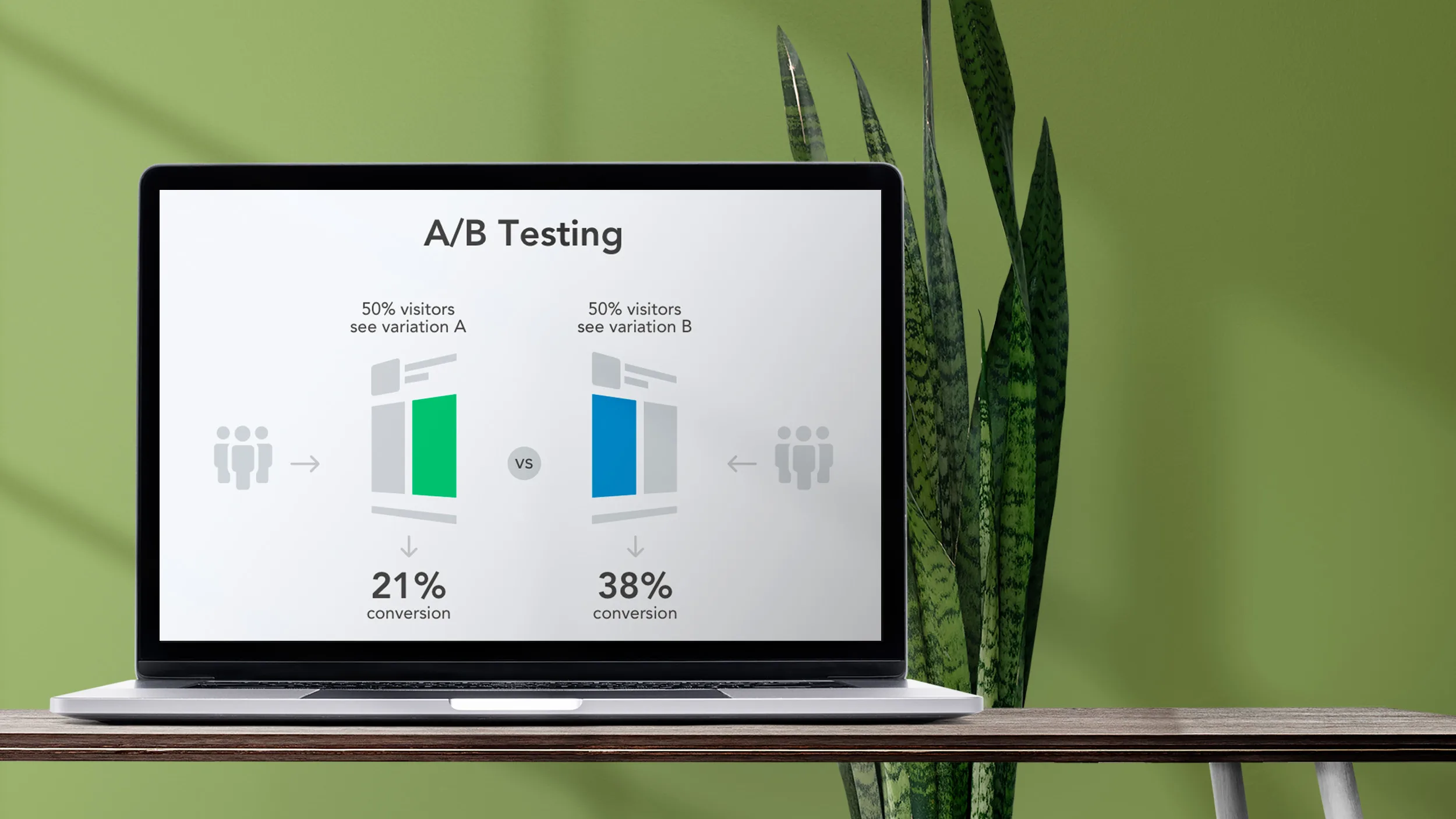
The loss aversion effect can easily creep into one’s decision-making when there is incomplete information. If loss aversion is left unchecked, decisions become increasingly overcautious to the point of stifling innovation.
An effective means of deterring loss aversion is to present data that shows the net benefit of implementing a proposed change. This is made possible by the use of the A/B testing technique.

A/B testing tools, such as Optimizely and Google Optimize, enable you to set up random small-scale experiments to measure the impact of a website change (version ‘B’) as compared with the status quo (version ‘A’). For instance, if the issue is to determine if changing the headline will increase eyeballs to a webpage, an A/B test can be conducted by randomly directing a small subset of visitors to the page with the new headline while directing other visitors to the same page but with the existing headline. Relevant performance metrics, such as the number of page views and the bounce rate, are then gathered and compared between the 2 versions.
Analytics takes the guesswork out of modifying a website. Data alone, however, does not insulate decision-makers from the loss aversion effect. After data is gathered, the following question remains: what is the minimum threshold of improvement in the performance metrics before a change can be justified? The threshold being considered is often referred to as the kill metric.

The loss aversion effect can still rear its ugly head at this point by setting the kill metric too high, making it harder to justify the change in question. Vulnerability is especially high if you try to set the kill metric while staring at the A/B test data with amplified emotions. It is recommended that the kill metric be set in advance before the A/B tests are actually conducted.
Be ready for contingencies

Some believe that single-mindedness is the key to success and having a plan B is nothing but a recipe for the utmost failure. However, unforeseen events do happen. Without a contingency plan and with no planned alternatives, the risk is that one may escalate one’s prior commitment in the face of new disconfirming information, reinforcing the status quo bias.
It is important to create a contingency plan and to devote resources early to developing alternatives for the risky parts of the project. Having an alternative course of action helps decision-makers face up to negative news, and has a moderating effect on the status quo bias.
Be coached
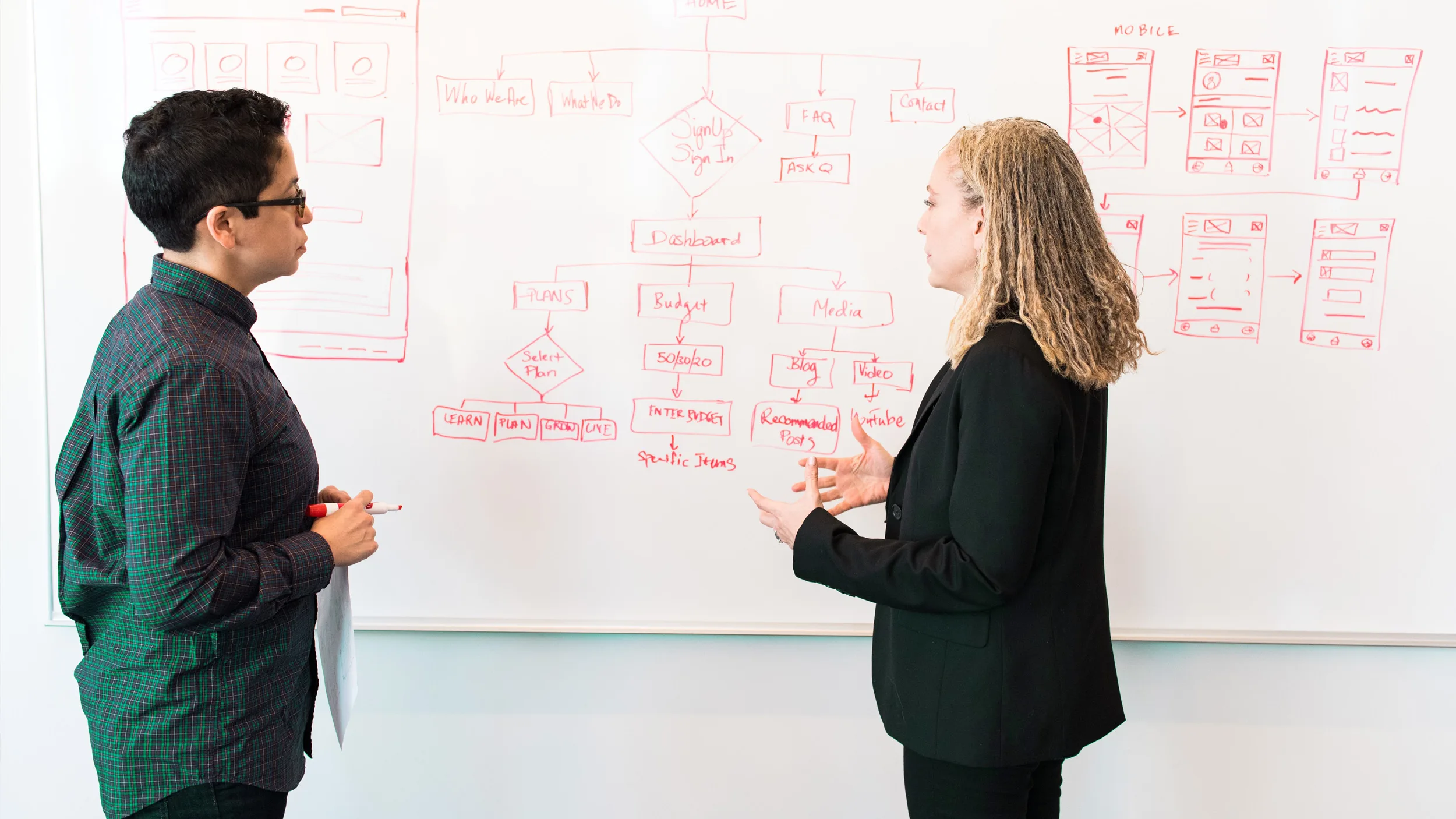
Cognitive biases can be so strong and ingrained in people’s psyche that, in the heat of the moment, even being cognizant does not guarantee that the biases can be counteracted effectively. To mitigate the endowment effect, it is best, in theory, to have different decision-makers at different phases of the project. Although this ensures that individuals approach options with a fresh perspective, it may not be practical in a corporate setting.
A more practical approach is to bring in outside help in the form of a coach who is well-versed in agile methodology and the perils as well as countermeasures for cognitive biases. The proper stakeholders in the organization are still the ultimate decision-makers, but the coach can share a fresh perspective that is backed up by analytics and communicated with tact and persuasion.
Summary and conclusion
Collaboration and transparency are 2 essential properties of effective project teams in steering the direction of website development and support efforts. But these properties alone are insufficient to safeguard decision-making against cognitive biases which tend to favor risk aversion and the status quo. This post advocates the use of well-coached agile teams that are analytics-driven and highly prepared for any contingencies.
Five Jars is a full-service digital agency that embodies 5 core values: transparency, quality, creativity, respect, and innovativeness. We see ourselves as our clients’ long-term partners. When you partner with us to bring about digital transformation in your organization, we will make sure that every decision we make together along the way is optimized to deliver your business objectives. Please drop us a line to discuss your digital transformation needs.
Also Read
Top 26 Popular WordPress Websites


